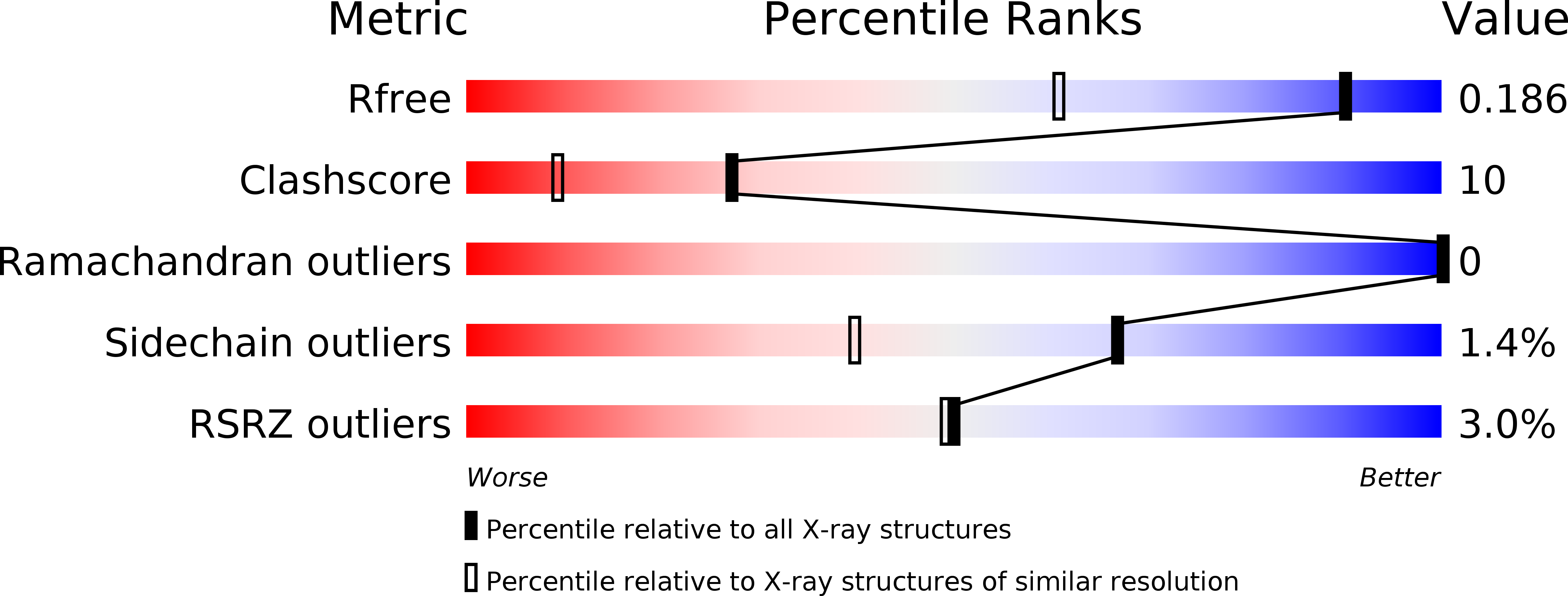
Deposition Date
2012-09-19
Release Date
2013-04-17
Last Version Date
2023-12-20
Entry Detail
PDB ID:
4BB3
Keywords:
Title:
Isopenicillin N synthase with the dipeptide substrate analogue AhC
Biological Source:
Source Organism:
ASPERGILLUS NIDULANS FGSC A4 (Taxon ID: 227321)
Host Organism:
Method Details:
Experimental Method:
Resolution:
1.40 Å
R-Value Free:
0.18
R-Value Work:
0.17
R-Value Observed:
0.17
Space Group:
P 21 21 21


